Creating a hillside garden can be both a challenge and an opportunity. Sloped landscapes often suffer from erosion and uneven growth, but with the right flower bed design, you can transform these tricky spaces into stunning focal points. Sloped flower beds not only bring visual balance but also help stabilize the soil while adding layers of seasonal color. Let’s explore five stunning sloped flower bed ideas that will make your hillside garden both practical and beautiful.
1. Terraced Stone Flower Beds
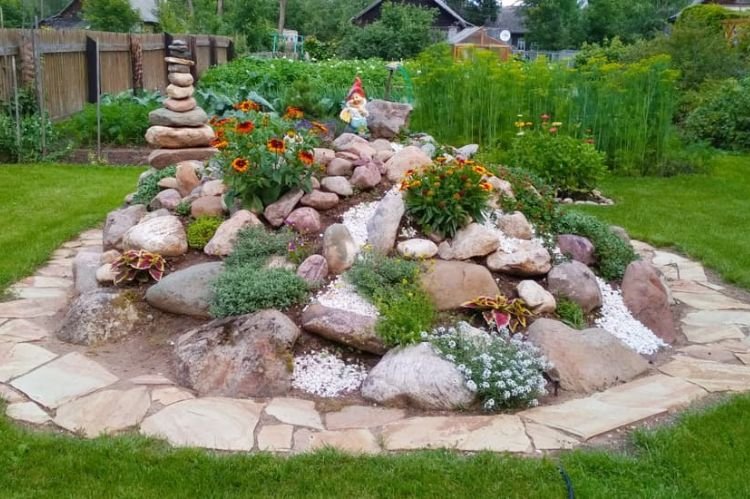
Terraced flower beds are a classic solution for sloped gardens. By building retaining walls with natural stone, bricks, or timber, you can create level planting spaces that prevent soil erosion and provide structure. This design allows you to showcase different plant varieties at each level, creating a cascading effect of color and texture. Terraced beds are especially effective for perennials and shrubs, which stay in place and anchor the soil. The stone adds a rustic charm while giving your garden a timeless, organized look.
2. Layered Perennial Flower Beds
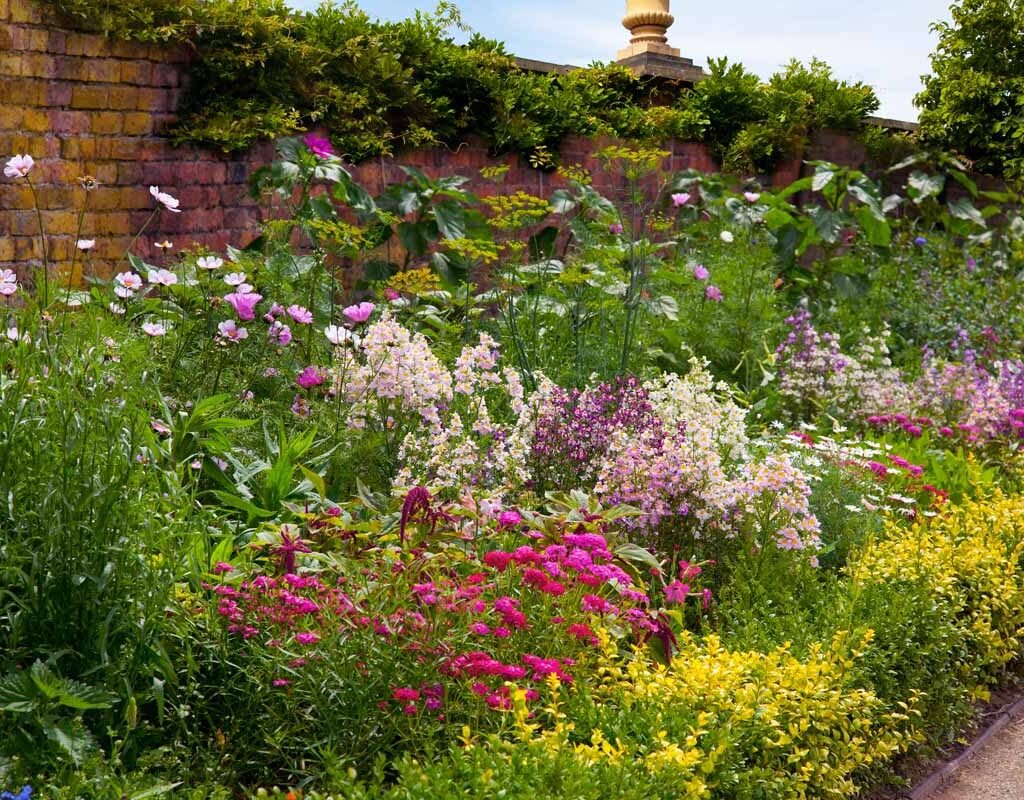
Planting perennials in layers across a slope creates an effortlessly natural and colorful design. Taller flowers like echinacea or ornamental grasses can be placed at the top, mid-sized plants like daisies or salvia in the middle, and low-spreading ground covers like creeping thyme or phlox at the bottom. This not only creates visual depth but also helps water flow naturally across the slope, nourishing each layer. A layered perennial bed looks like a wild yet coordinated meadow, perfect for adding year-round charm to your hillside.
3. Cascading Rock Garden Beds
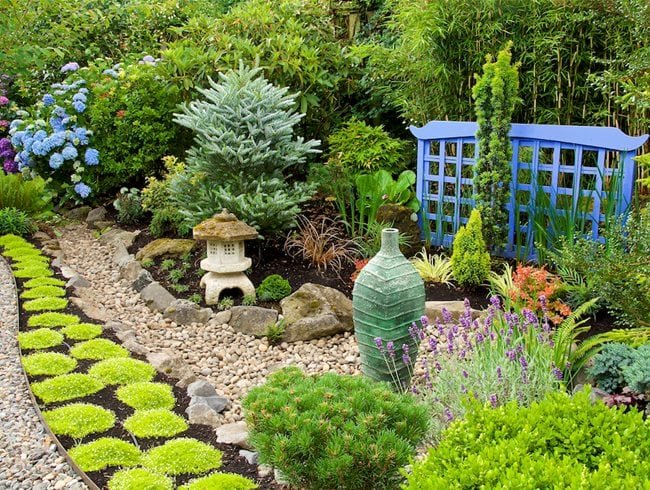
For a more dramatic and low-maintenance option, cascading rock garden beds are an excellent choice. Large decorative rocks or boulders can be arranged along the slope, with flowers and succulents planted in between. Plants like sedum, creeping jenny, or alpine flowers thrive in these pockets, creating splashes of color against the stone backdrop. This design mimics natural mountainside landscapes, making your garden appear like a mini alpine retreat. It’s also a great way to add structure and reduce soil runoff.
4. Wildflower Hillside Beds

If you prefer a less structured but highly vibrant option, wildflower beds are ideal for sloped gardens. Scatter a mix of native wildflower seeds across the hillside, and you’ll have a colorful, low-maintenance flower bed that changes with the seasons. Flowers like black-eyed susans, lupines, poppies, and coneflowers bring bursts of color while supporting pollinators. The deep root systems of wildflowers also help prevent erosion, making them both functional and visually stunning. This approach works beautifully if you want your slope to feel like a natural meadow.
5. Tiered Wooden Planter Beds

For a more modern and structured design, consider tiered wooden planter beds built into the slope. These raised beds can be arranged in stepped layers, making it easy to care for plants without the risk of soil washing away. You can grow a mix of ornamental flowers, herbs, or even vegetables, turning your slope into a functional and decorative garden. The wooden structure blends well with nature while giving your garden a neat and stylish appearance. This is a great solution for urban hillside gardens where space and order are essential.
Final Thoughts:
Transforming a slope into a thriving garden is not only possible but can also make your outdoor space stand out with charm and creativity. From terraced stone walls to wildflower meadows, each of these designs offers beauty, practicality, and unique character to your hillside. By choosing the right plants and structures, you can turn an otherwise tricky slope into the most stunning feature of your garden.


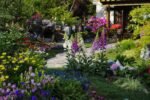

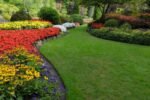
Leave A Comment